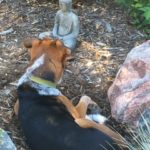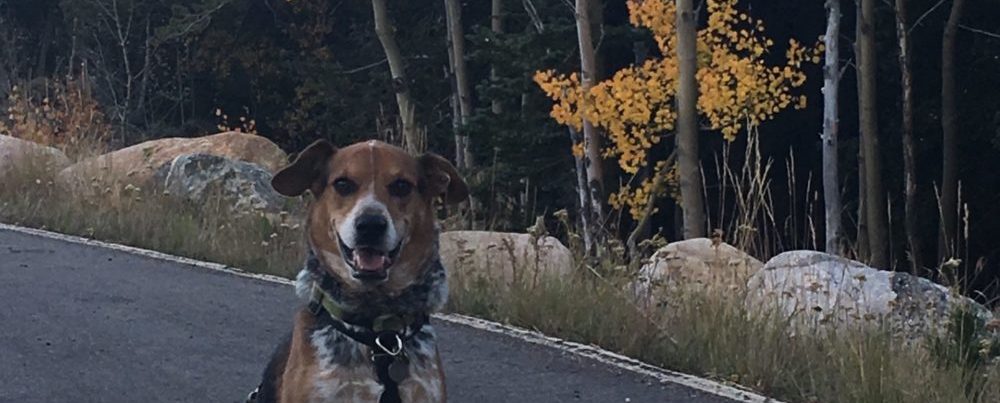 Mindfulness refers to being fully in the present moment, paying attention to what is happening in front of, around and within us, without judgement. It means getting out from under the barrage of thoughts that are constantly running through our heads, noticing they are just thoughts, and letting them be. (At least for a little while!)
Mindfulness refers to being fully in the present moment, paying attention to what is happening in front of, around and within us, without judgement. It means getting out from under the barrage of thoughts that are constantly running through our heads, noticing they are just thoughts, and letting them be. (At least for a little while!)
Mindfulness takes practice. A lot of it. It is often difficult to remember to be mindful, and to be able act mindfully, especially when we are overwhelmed and busy. We spend so much time thinking about what happened earlier, or what may happen in the future. Most of us make to-do lists in our heads, or replay conversations over and over. When we are mindful, we focus more on what is right in front of us.
For example, when I take my dog for a walk, often my body is there but my mind is running around from thought to thought. At times replay conversations in my head, I think about how long we have before we need to head home, check my phone for the time. Then I realize I forgot to even notice the time, so I look again. At these moments, I am not really “with” my dog.
In contrast, when I focus on being mindful, I may notice the color of the leaves on the trees, the sound of my dog’s collar when the tags jingle, the smell of a truck that just went by (not everything has to be pleasant.)
Perhaps most importantly, I am more likely to notice, for example:
My dog – what he’s sniffing, where his ears are pointing, what his posture and gait looks like. Is he avoiding walking past a certain house where dogs bark and lunge at the fence? Is he staring at the person walking towards us? Does he have a “funny” gait? Is he balking, only wanting to go in certain directions?
All of these observations are important in gathering information on our dogs’ behavior and how they are feeling.
Me – Am I in a hurry? Feeling impatient? Holding the leash too loosely or too tightly? Easiliy frustrated?
Of course I love the times we are more in sync, both responding to the other’s movements. I walk faster, he walks faster. He slows to sniff something, I slow down too. I notice a flexibility in my body and mind during these moments, that I am able to move with him without either letting him yank me around, or me trying to convince him to go where I want to go. I’m not walking him, he’s not walking me, we are walking “with” each other.
Does any of this mean that just being in a mindful state will always result in lovely, peaceful walks with your dog? Not usually, I’m afraid. We have long taken for granted what we are asking of dogs when we put a leash on them and ask them to walk at a human pace and refrain from responding to who and what is in their environment. It is thoroughly unnatural and extraordinarily difficult and friustrating for many (most?) dogs. It’s yet another amazing quality about them that they are so often able to do it! It takes thoughtfulness, patience and skill development for both ends of the leash. And working on loose leash walking if your dog is “reactive” or overly stressed for whatever reason, what needed is so much more than a “training” exercise. Even dogs who generally do great on walks have bad days–don’t we all??
However, more mindfulness allows you to be more likely to notice the interplay of reasons for your dog’s pulling, lunging, etc. and not be as reactive yourself – then you can make some changes for future walks. (Hint: the majority of dogs need way more support and thoughtfulness walking in neighborhoods than people appreciate.) Or if you do react, you would be more likely to catch yourself before you take your frustration or embarrassment out on your dog, scolding him, jerking on his collar, and blaming him for how “untrained” he is or blaming him for not having the ability to remain calm in a difficult situation that you put him in, or blaming yourself for not paying close enough attention or not practicing enough. And if all that happens, a stronger mindfulness practice will help you recover from those inevitable sitiatuations more quickly so you can respond more thoughtfully and skillfully in the future.
And remember, it’s all “practice”.
